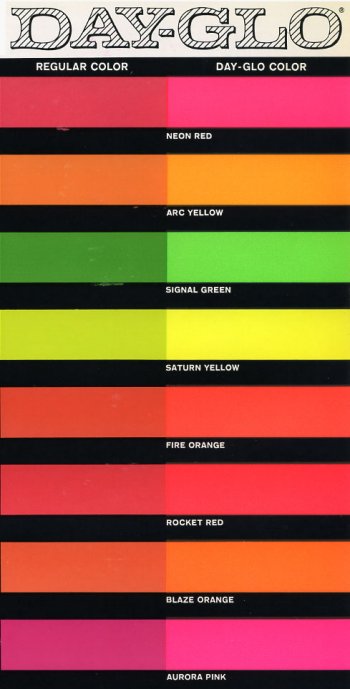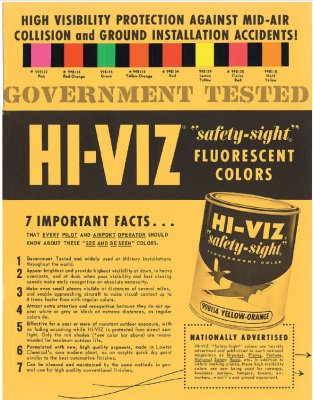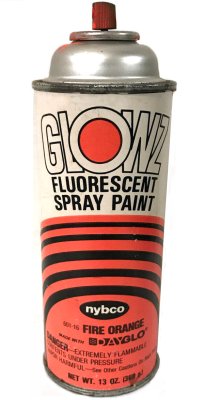|
On
18th February 1959, TAA announced that they would commence painting
their aircraft with the fluorescent orange paint DayGlo Fire Orange™.
Fluorescent pigments were developed in 1934 by brothers Robert and Joseph
Switzer, who subsequently founded the DayGlo Color Corporation of Cleveland,
Ohio. (The name was originally presented as Day-Glo but the hyphen was
subsequently dropped with no spacing between the two words.) For a time
it was expected that the FAA would mandate the application of high visibility
paint to all airliners, probably in the wake of the mid-air collision
between a United DC-7 and a TWA Super Constellation over the Grand Canyon
on 30 June 1956. TAA may have been pre-empting a mandatory requirement
but in the event the FAA directive never eventuated.
TAA's DayGlo scheme existed in two versions. The first version (used
on the Viscount and F27) featured DayGlo on the fin, rudder, wing tips
and prop spinners as well as the fine fuselage cheatline, some of the
lettering on the fuselage and the kangaroo emblem. The second version
confined DayGlo to the fin, rudder and wing tips with the addition of
a white horizontal band and a revised style of lettering on the tail.
Photographic evidence suggests that the Electras carried only the second
version of the scheme. Again there were variations to the wing tip markings
on the Electras. One variation featured a broad DayGlo band on the tip
with narrower white and blue bands inboard. Another variation used in
conjunction with the DayGlo tail consisted of natural metal tips with
equal width narrow bands of blue, white and red inboard.
TAA's DayGlo scheme was short-lived because it was prone to fading and
it provided poor adhesion for subsequent layers of paint. Aircraft were
photographed with sections of the tail markings abraded and for a time
VH-TLB was missing the VH from its registration! In the absence of a
mandatory requirement and given the difficulty in maintaining the DayGlo
finish, TAA abandoned the scheme after approximately three years, although
some aircraft retained the DayGlo scheme until their next scheduled
repaint.
A
detailed account of the introduction of DayGlo paint on Australian aircraft
written by Trevor W. Boughton appeared in the Journal of the Aviation
Historical Society of Australia in August 1960. Click the heading below
to read the article in full.
See also:

Day-Glo Color Chart

DayGlo Color Corp Logo
|
|
|
|
|
| |
|
|
HI-VIZ
"safety-sight"
Fluorescent Colors
|
Nybco
Glowz
DayGlo Fire Orange
|
(Click on the
images for a larger view)
|





